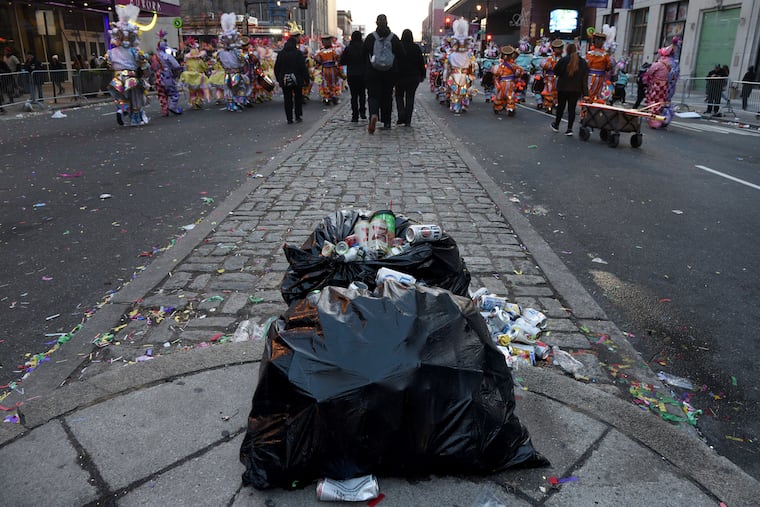Philly spends $48 million a year to clean up litter, Pa. report finds
That is eightfold more than he next closest Pennsylvania city, Pittsburgh, which spends $6 million, according to a new statewide study.

That is eightfold more than he next closest Pennsylvania city, Pittsburgh, which spends $6 million, according to a new statewide study.
